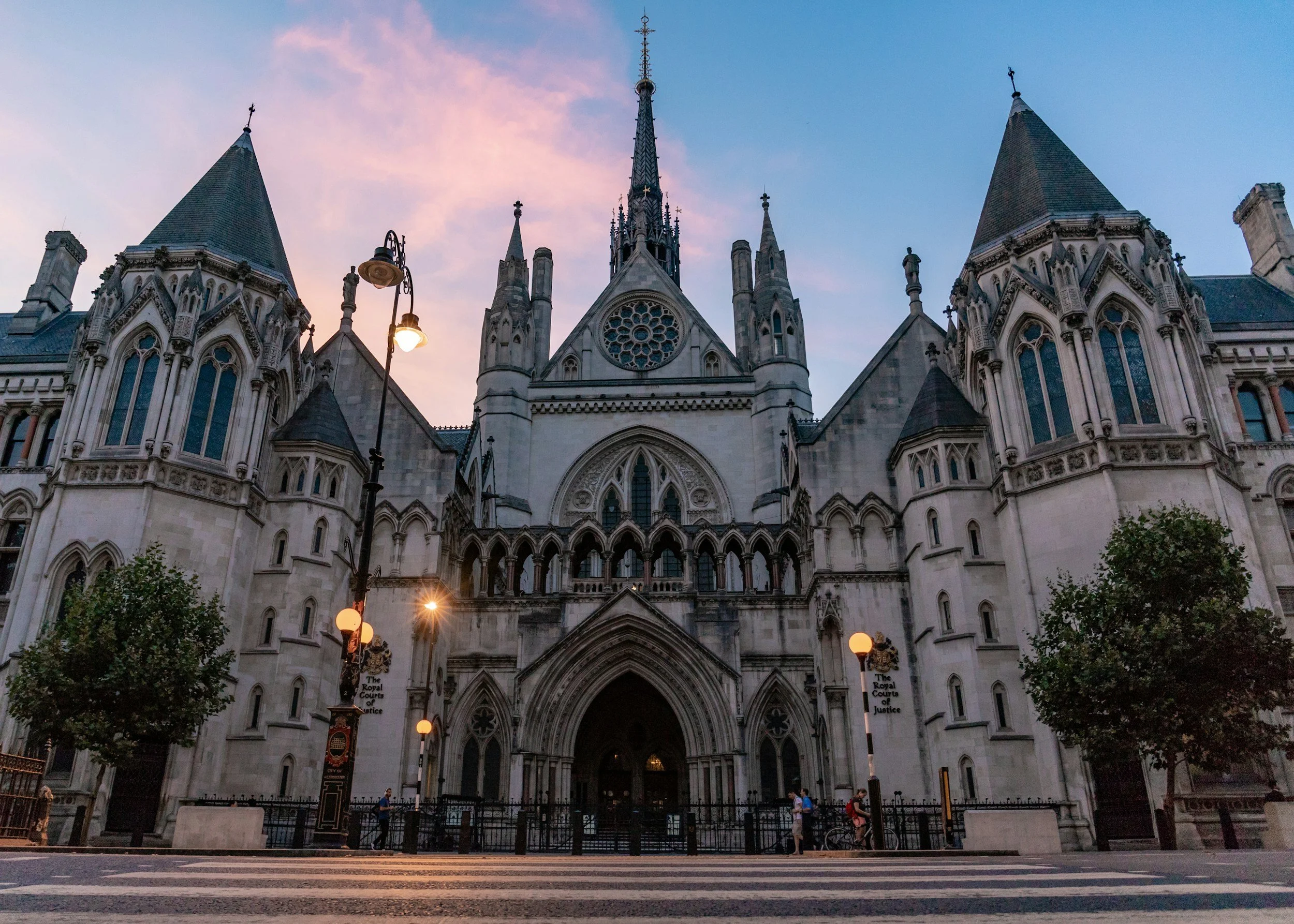Your Legal Responsibility
In the UK, the control of legionella bacteria is a serious legal responsibility for any person in control of premises where there is a risk of exposure. This includes employers, landlords, and building managers. Your duties stem from several key pieces of legislation.
Health & Safety at Work Act 1974 & Associated Regulations
• Health and Safety at Work etc. Act 1974 (HSWA): This act requires you to ensure the health, safety, and welfare of employees and others who may be affected by your work activities. This includes managing the risk of Legionnaires' disease.
• The Management of Health and Safety at Work Regulations 1999: These regulations provide a framework for controlling health and safety risks. They require you to conduct a suitable and sufficient risk assessment to identify and control risks.
• The Control of Substances Hazardous to Health Regulations 2002 (COSHH): Legionella bacteria is considered a hazardous substance. These regulations require you to identify, assess, and control risks from hazardous substances.
The primary document for fulfilling these legal duties is the HSE's
Guidance
Management Guidance
Approved Code of Practice (ACOP) L8, titled "Legionnaires' disease: The control of legionella bacteria in water systems." While not law itself, if you fail to follow its guidance and are prosecuted, you'll have to prove you complied with the law in another way.
ACOP L8 outlines your core responsibilities as a "duty holder":
• Identify and Assess Risks: You must carry out a legionella risk assessment.
• Prepare a Written Scheme: You need to create a plan to prevent or control the risks.
• Implement, Manage, and Monitor: You must put your plan into action and regularly check its effectiveness.
• Keep Records: Maintain detailed records of your risk assessments, control measures, and monitoring activities for a minimum of five years.
• Appoint a Responsible Person: You must appoint a competent individual with the authority, knowledge, and training to manage the legionella control scheme.
Technical Guidance
HSG274 (Legionnaires’ disease: Technical Guidance) Practical detail on how to manage risks in different types of systems:
Part 1 – Cooling Water Systems
Part 2 – Hot and Cold Water Systems
Part 3 – Other Risk Systems (e.g. water features, humidifiers, vehicle washes)
HSG282 (Control of legionella and other infectious agents in spa-pool systems) Guidance for spa pools, hot tubs, and whirlpool systems, in both public and commercial use.
HTM 04-01
Part A: Design Installation and Commissioning - (Health Technical Memorandum: Safe Water in Healthcare Premises) Department of Health guidance for hospitals and healthcare facilities, focusing on protecting vulnerable patients through safe water design, operation, and monitoring.
Part B: Operational Management - Provides guidance on the day-to-day management of water safety—from monitoring and maintenance to training, risk assessments, and control of microbial hazards, including Legionella
Ramifications of Non Compliance
While technical guidance documents such as ACOP L8, HSG274, HSG282 and HTM-04-01 are not law in themselves, they carry a pseudo-legal status. This means that although you cannot be prosecuted solely for failing to follow these documents, they may be used as evidence of good practice in prosecutions brought under the Health and Safety at Work Act 1974 or associated regulations. In practice, following the guidance can demonstrate compliance with the law, while failure to follow it could be used to show that an organisation did not meet its legal duties.
Failing to meet your legal obligations is not just a regulatory issue; it has serious and far-reaching consequences. Non-compliance can lead to:
• Public Health Risks: The most significant risk is a legionella outbreak, which can lead to severe illness and even death. Legionnaires' disease has a mortality rate of around 10%.
• Financial Penalties: The Health and Safety Executive (HSE) can issue unlimited fines to organisations and individuals found in breach of health and safety laws. In severe cases, these can be in the millions of pounds.
• Legal Prosecution and Imprisonment: For serious failures, individuals and companies can face criminal prosecution. In the most severe cases, this can result in imprisonment.
• Corporate Manslaughter Charges: If a fatality occurs due to gross negligence in managing Legionella risks, charges can be brought under the Corporate Manslaughter and Corporate Homicide Act 2007.
• Reputational Damage: A Legionella outbreak can severely harm your business's reputation, leading to a loss of public trust and significant commercial damage.



